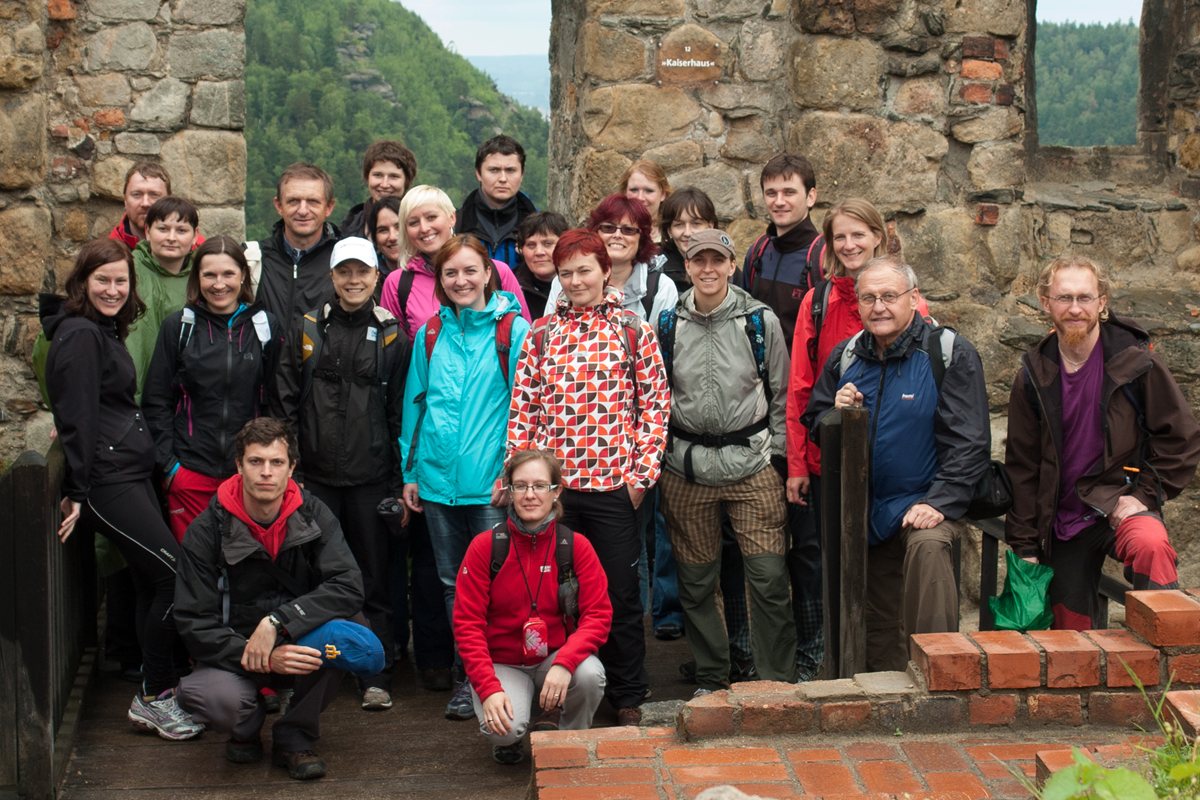
Modern trends in analysis of biologically active substances
Research activity of the Analytical Chemistry Group (ACG) is focused on the development, optimization and validation of analytical methods for selective detection, quantitation and monitoring of low concentration levels of biologically important compounds. Mostly, chromatographic, electromigration and automated flow techniques are applied to determine analytes of various natures including pharmaceuticals, nutraceutics, clinical markers, natural compounds and environmental pollutants. Sample pre-treatment is the crucial step of analysis in case of complex mixtures represented by biological, environmental, pharmaceutical, plant and food samples. Therefore various up-to-date sample pre-treatment and pre-concentration techniques, such as solid phase extraction (SPE), solid phase microextraction (SPME), dispersive liquid-liquid microextraction (DLLME), microextraction by packed sorbent (MEPS) and restricted access materials (RAM) are developed.
Laboratory of chromatographic techniques is focused on the development and validation of UHPLC methods (with PDA, FL and MS/MS detections) for the assay of phenolic compounds, statins and other important biologically active analytes (including their degradation products and metabolites) with use of novel stationary phases (monolithic, sub-2-micron, HILIC, core-shell). Techniques of 2D-chromatography combined with RAM materials for analysis of biological samples are investigated. Bioanalytical applications of UHPLC with PDA or MS/MS detection for analysis of biologically important compounds and clinical markers (oncological, cardiovascular and ageing) are developed.
Laboratory of flow techniques is dealing with automation of analytical procedures suitable for the determination of trace levels of elements and organic substances in environmental samples. The principal techniques developed are Flow injection analysis (FIA) and Sequential injection analysis (SIA). Research is also focused on the study of chemical reaction conditions and kinetics in chemiluminescence systems and characterization of optical properties of Quantum Dots nanoparticles. New liquid chromatography separation technique called Sequential injection chromatography (SIC) was originally developed by the group. The research activities in the SIC area involve development of fast low-pressure separations based on use of selected monolithic, core-shell and other particle-based columns in the SIC system and programmable manipulation with the mobile phase flow. Possible automation and on-line performance of biological and environmental sample pre-treatment techniques (based on LLE, DLLME, SPE, SPME) by utilizing SIA principles is under way. New concept of automated liquid handling in flow-batch mode (using void of the syringe pump) called In-Syringe Analysis is employed for liquid extraction in different modes.
Laboratory of electromigration techniques is focused on the development and validation of capillary electromigration separation methods (such as capillary zone electrophoresis, CE) applicable to the assay of biologically active compounds of pharmaceutical or biomedical importance mainly in plant materials (extracts), pharmaceutical formulations and food supplements. Primary attention is paid to the improvement of sensitivity of CE methods through the use of C4D detection and various on-line pre-concentration techniques. The enhancement of electrophoretic separation efficiency by the introduction of novel selectors with complex-formation properties is the aim of our research as well.

Downloads